พิพิธภัณฑ์แห่งการเรียนรู้การประปาไทย
พิพิธภัณฑ์แห่งการเรียนรู้การประปาไทย
ที่ตั้ง เลขที่ 220 ถนนพระรามที่ 6 แขวงสามเสนใน เขตพญาไท กรุงเทพมหานคร
สถาปนิก/ผู้ออกแบบ ที่สูบน้ำ พ.ศ. 2457 และอาคารที่ขังน้ำบริสุทธิ์ – บริษัท ยี.กลูเซอร์ ประเทศอิตาลี โรงเกรอะน้ำ ถังพักน้ำ และโรงกรองน้ำ 1 – บริษัท ยูไนเต็ด อินยีเนีย ประเทศอังกฤษ
ผู้ครอบครอง การประปานครหลวง
ปีที่สร้าง พ.ศ. 2452 – พ.ศ. 2473
ประวัติ
โรงกรองน้ำสามเสนเป็นโรงงานผลิตน้ำแห่งแรกของประเทศไทย มีจุดเริ่มต้นมาจากพระมหากรุณาธิคุณของพระบาทสมเด็จพระจุลจอมเกล้าเจ้าอยู่หัว รัชกาลที่ 5 ผู้ทรงมีวิสัยทัศน์อันยาวไกล พระองค์ทรงตระหนักว่าน้ำสะอาดมีความสำคัญต่อสุขอนามัยของพสกนิกร จึงได้มีพระบรมราชโองการดำรัสเหนือเกล้าฯ ประกาศกำหนดจัดการประปาและเริ่มก่อสร้างในปี พ.ศ. 2452 ให้จัดทำน้ำบริโภค โดยขุดคลองส่งน้ำจากบริเวณคลองเชียงรากมาถึงคลองสามเสน และตั้งโรงกรองน้ำขึ้นที่สามเสน ภายใต้ความรับผิดชอบของกรมศุขาภิบาล ซึ่งการก่อสร้างมาแล้วเสร็จในรัชสมัยพระบาทสมเด็จพระมงกุฎเกล้าเจ้าอยู่หัว รัชกาลที่ 6 และพระองค์ทรงเสด็จเป็นประธานในพระราชพิธีเปิดกิจการและเริ่มใช้งานครั้งแรกเมื่อวันที่ 14 พฤศจิกายน พ.ศ. 2457 ในนาม“ประปากรุงเทพฯ” สังกัดกรมช่างสุขาภิบาล กระทรวงนครบาล ต่อมาภายหลังกรมช่างสุขาภิบาลได้เปลี่ยนชื่อเป็นกรมโยธาเทศบาล และกระทรวงนครบาลได้เปลี่ยนชื่อเป็นกระทรวงมหาดไทย ต่อมาเมื่อปี พ.ศ. 2482 การประปากรุงเทพฯ ได้โอนไปสังกัดเทศบาลนครกรุงเทพฯ และโอนกลับมากรมโยธาเทศบาล เมื่อปี พ.ศ. 2495 และโอนไปรวมเป็นการประปานครหลวงเมื่อวันที่ 16 สิงหาคม พ.ศ. 2510 โดยการประปานครหลวงได้พิจารณาอนุรักษ์กลุ่มอาคารเดิมที่ใช้ในกระบวนการผลิตน้ำของโรงกรองน้ำสามเสน ที่ก่อสร้างขึ้นในสมัยรัชกาลที่ 5 และรัชกาลที่ 6 ซึ่งปัจจุบันได้ยกเลิกการใช้งานไปแล้ว ไว้เป็นกลุ่มอาคารอนุรักษ์เพื่อจัดทำเป็นพิพิธภัณฑ์แห่งการเรียนรู้การประปาไทย เพื่อเผยแพร่พระมหากรุณาธิคุณ พระปรีชาสามารถ พระอัจฉริยภาพของกษัตริย์ไทยที่มีต่อการพัฒนาและส่งเสริมงานด้านระบบการประปา และบูรณะฟื้นฟูโรงกรองน้ำชุดแรกให้อนุชนรุ่นหลังได้ศึกษา เรียนรู้เกี่ยวกับวิวัฒนาการ ความเป็นมาของการผลิตน้ำประปาตั้งแต่อดีตจนถึงปัจจุบัน และใช้เป็นศูนย์กลางแห่งการเรียนรู้ระบบประปาของไทย เผยแพร่ปรัชญาแนวคิดและองค์ความรู้เรื่องการบริหารจัดการทรัพยากรน้ำ ปลูกฝังและสร้างจิตสำนึกให้กับเยาวชนในการอนุรักษ์ทรัพยากรน้ำ ซึ่งจะเป็นแหล่งเรียนรู้ที่คงคุณค่าทางประวัติศาสตร์ของชาติไทยสืบต่อไป
กลุ่มอาคารอนุรักษ์ ประกอบไปด้วยหมู่อาคารจำนวน 9 อาคาร ได้แก่ อาคารเรือนรับรองเจ้าพระยายมราช หอที่รวมกุญแจไฟฟ้า (หอกุญแจ) อาคารโรงสูบน้ำ อาคารโรงเกรอะน้ำ ถังตกตะกอน (ถังพักน้ำ) 1 และ 2 อาคารโรงกรองน้ำ 1 และ 2 และอาคารที่ขังน้ำบริสุทธิ์ สำหรับอาคารโรงกรองน้ำนับเป็นอาคารทางวิศวกรรมที่แสดงถึงการใช้โครงสร้างคอนกรีตเสริมเหล็ก ที่ชัดเจนและทันสมัยที่สุดแห่งหนึ่งในยุคนั้น ส่วนอาคารอื่นๆ ลักษณะแบบเรียบง่าย โครงสร้างผสมระหว่างคอนกรีตเสริมเหล็กกับระบบกำแพงรับน้ำหนัก ตัวอาคารมีลักษณะเป็นรูปสี่เหลี่ยมแบบสมมาตร หลังคาทรงปั้นหยาผสมหน้าจั่ว ออกแบบแนวเส้นประตูหน้าต่างเป็นระเบียบในแนวเดียวกัน ประดับตกแต่งด้วยบัวปูนปั้น โค้งหรือเหลี่ยมตามแนวกรอบประตูหน้าต่างและโดยรอบอาคาร นอกจากนี้อาคารโรงสูบน้ำ ยังมีการประดับด้วยลวดลายไม้ฉลุ ที่เรียกว่า “เรือนขนมปังขิง” บริเวณกรอบหน้าต่างของอาคารเพื่อความสวยงามอีกด้วย
สำหรับกลุ่มอาคารอนุรักษ์ไว้เป็นพิพิธภัณฑ์แห่งการเรียนรู้การประปาไทย ภายในพื้นที่โรงกรองน้ำสามเสน การประปานครหลวง ได้แบ่งการดำเนินงานซ่อมแซมบูรณะเป็น 3 ระยะ ตั้งแต่ปี 2554 จนถึงปัจจุบัน ในความรับผิดชอบของคณะทำงานย่อยโครงการสร้างพิพิธภัณฑ์แห่งการเรียนรู้ (คณะทำงานย่อยฯ) โดยในระยะที่ 1 และ 2 ได้ดำเนินการสำรวจ ศึกษา บูรณะและซ่อมแซมตัวอาคารทั้งภายนอกและภายใน รวมทั้งภูมิทัศน์โดยรอบของพื้นที่อนุรักษ์ ซึ่งได้เรียนเชิญเจ้าหน้าที่จากกรมศิลปากรมาให้คำแนะนำและดูแลอย่างใกล้ชิด ให้เป็นไปตามหลักวิชาการอนุรักษ์อาคาร สำหรับสีภายนอกของอาคารเลือกใช้สีเหลืองหมากสุก ซึ่งน่าจะเป็นสีเดิมของอาคาร เนื่องจากยังคงมองเห็นชั้นสีเดิมที่พบจากบริเวณที่สีและปูนใหม่กะเทาะออกไป และเป็นสีที่นิยมใช้กันอย่างแพร่หลายทางตะวันตก รวมถึงสิ่งก่อสร้างในประเทศไทยที่เกิดขึ้นในสมัยนั้นด้วยรวมงบประมาณดำเนินการประมาณ 33 ล้านบาท ส่วนในระยะที่ 3 ระยะสุดท้ายจะดำเนินการในปี 2557 โดยจัดทำสื่อการเรียนรู้และนิทรรศการภายในตัวอาคาร โดยพิจารณาดำเนินการให้เกิดผลกระทบกับอาคารเดิมน้อยที่สุด ในกรอบงบประมาณดำเนินการทั้งสิ้น 45 ล้านบาท และคาดว่าจะดำเนินการแล้วเสร็จภายในปี 2557 รวมงบประมาณทั้งหมดที่การประปานครหลวงดำเนินการเองทั้งสิ้น 78 ล้านบาท ซึ่งในระหว่างนี้ คณะทำงานย่อยฯ ได้เสนอให้ การประปานครหลวงจัดตั้งหน่วยงานเข้ามาดูแลอาคารอนุรักษ์และพิพิธภัณฑ์แห่งการเรียนรู้เมื่อโครงการแล้วเสร็จ ทั้งนี้ เพื่อความยั่งยืน คงคุณค่าและเป็นแหล่งเรียนรู้คู่การประปานครหลวงและชาติไทยตลอดไป
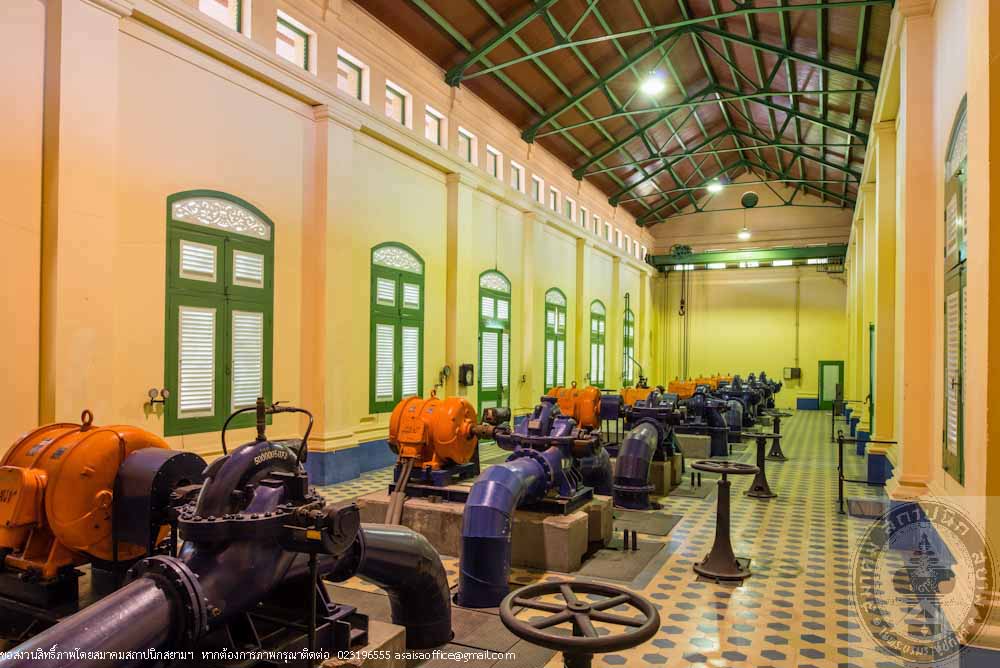
พิพิธภัณฑ์แห่งการเรียนรู้การประปาไทย

พิพิธภัณฑ์แห่งการเรียนรู้การประปาไทย
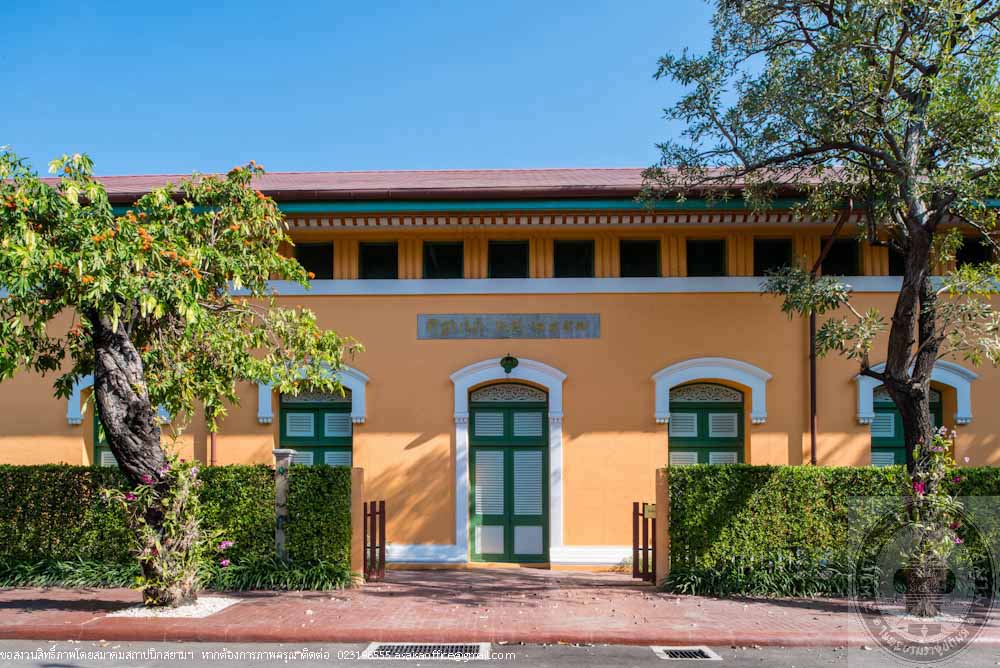
พิพิธภัณฑ์แห่งการเรียนรู้การประปาไทย
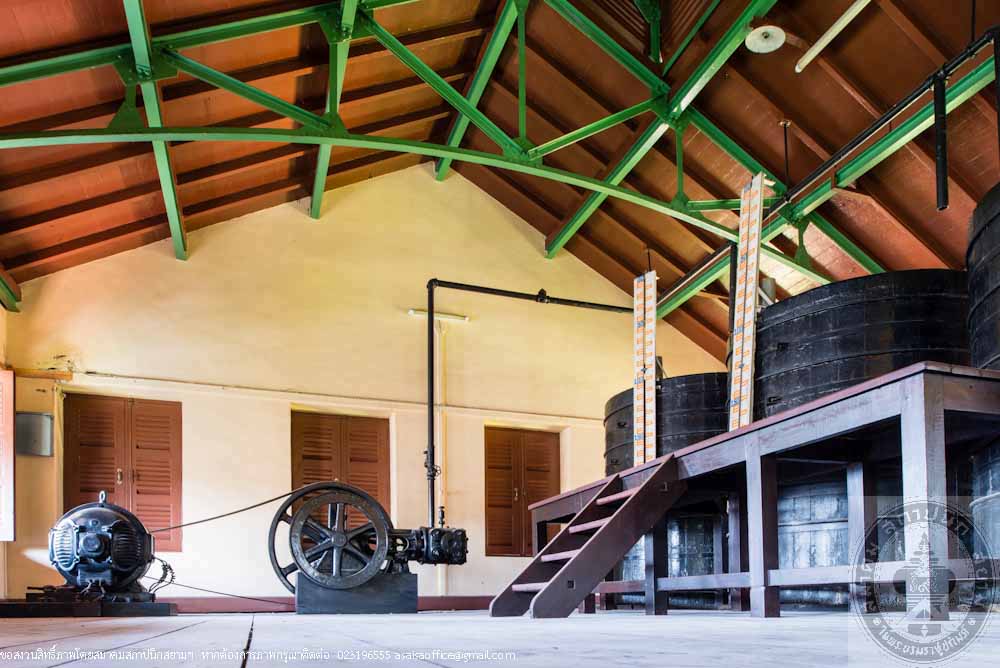
พิพิธภัณฑ์แห่งการเรียนรู้การประปาไทย
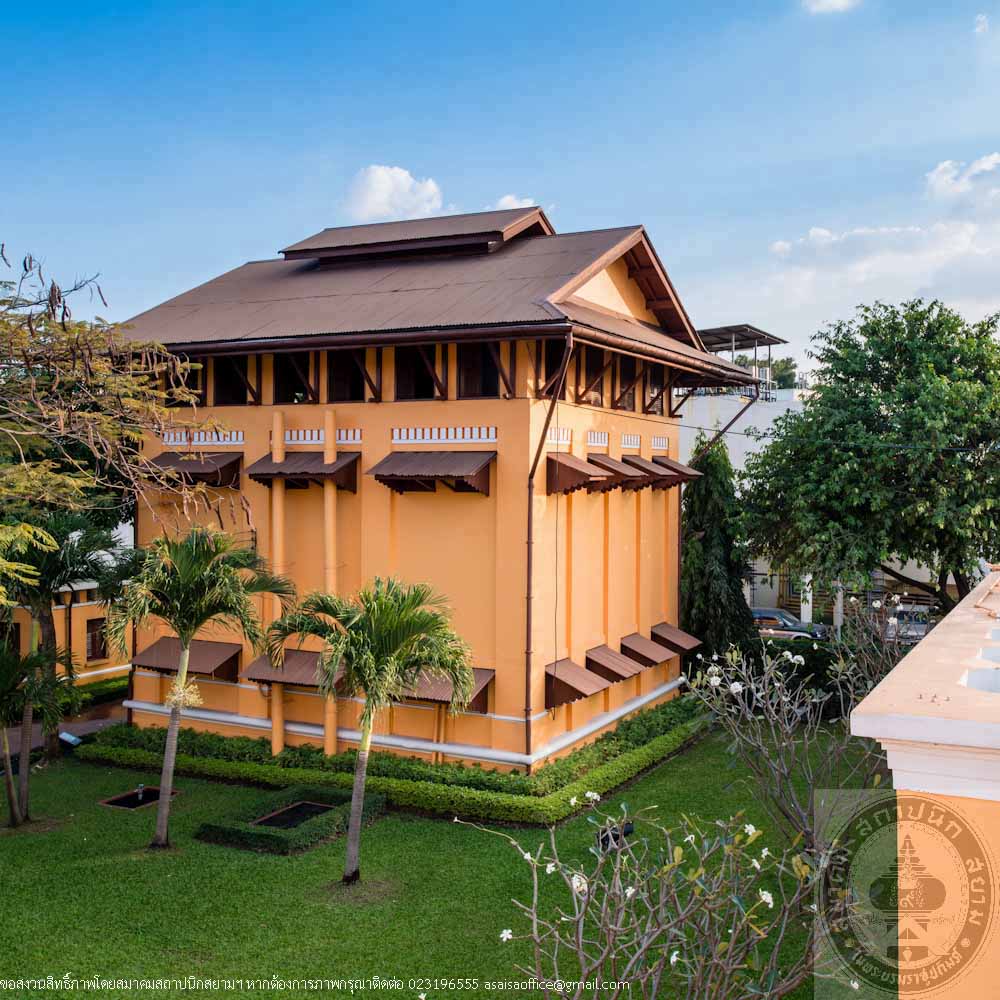
พิพิธภัณฑ์แห่งการเรียนรู้การประปาไทย
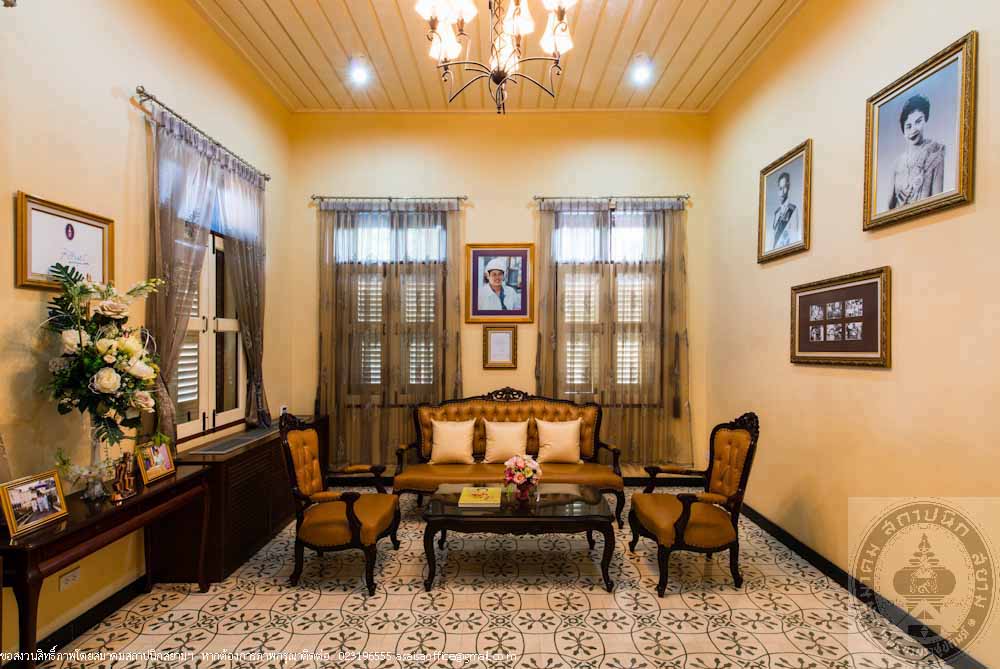
พิพิธภัณฑ์แห่งการเรียนรู้การประปาไทย
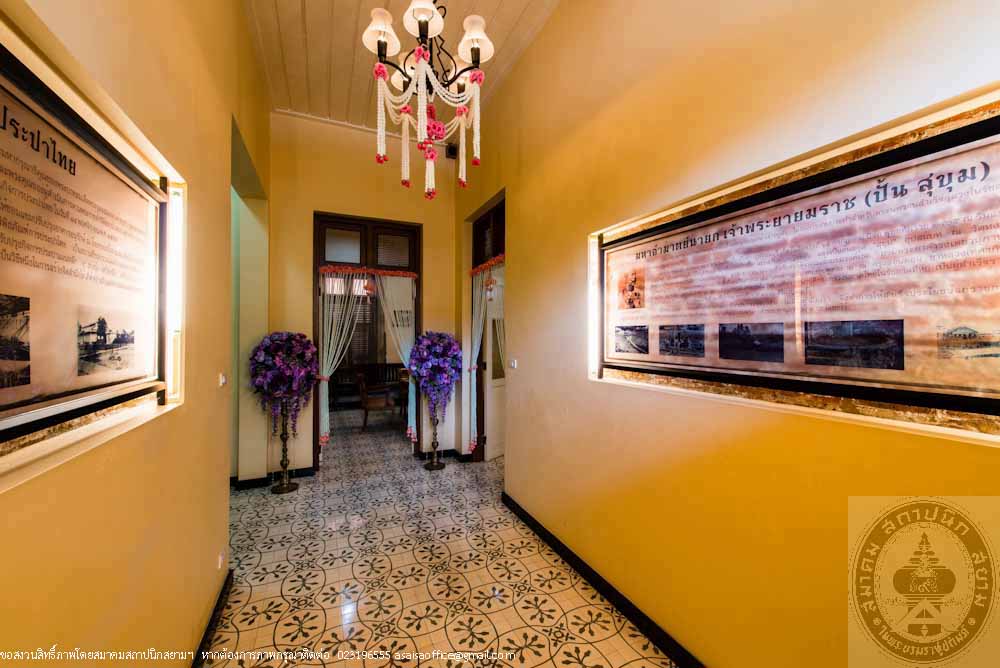
พิพิธภัณฑ์แห่งการเรียนรู้การประปาไทย

พิพิธภัณฑ์แห่งการเรียนรู้การประปาไทย
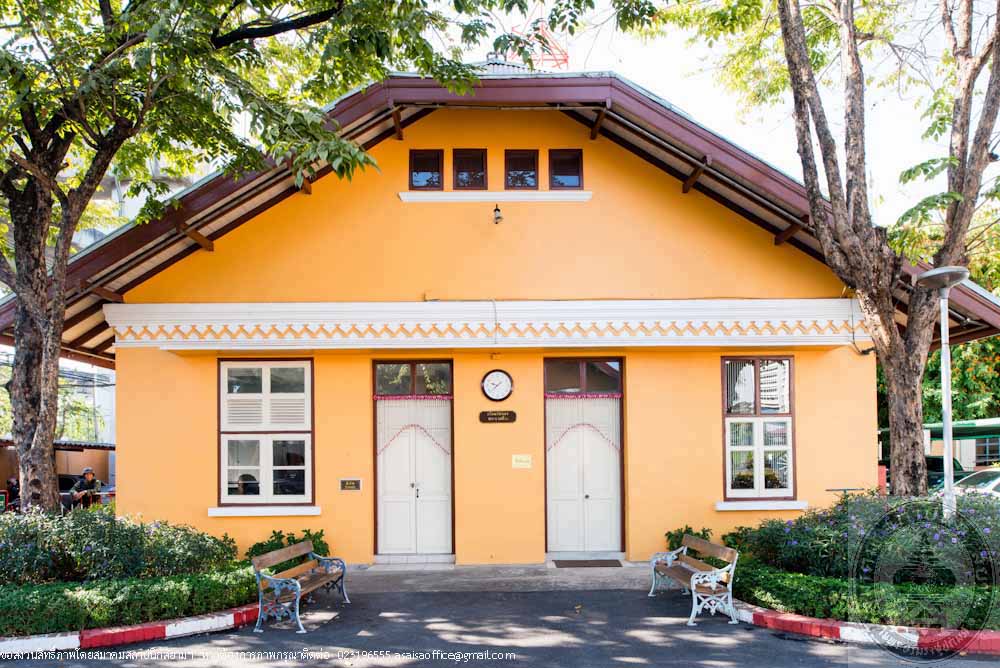
พิพิธภัณฑ์แห่งการเรียนรู้การประปาไทย
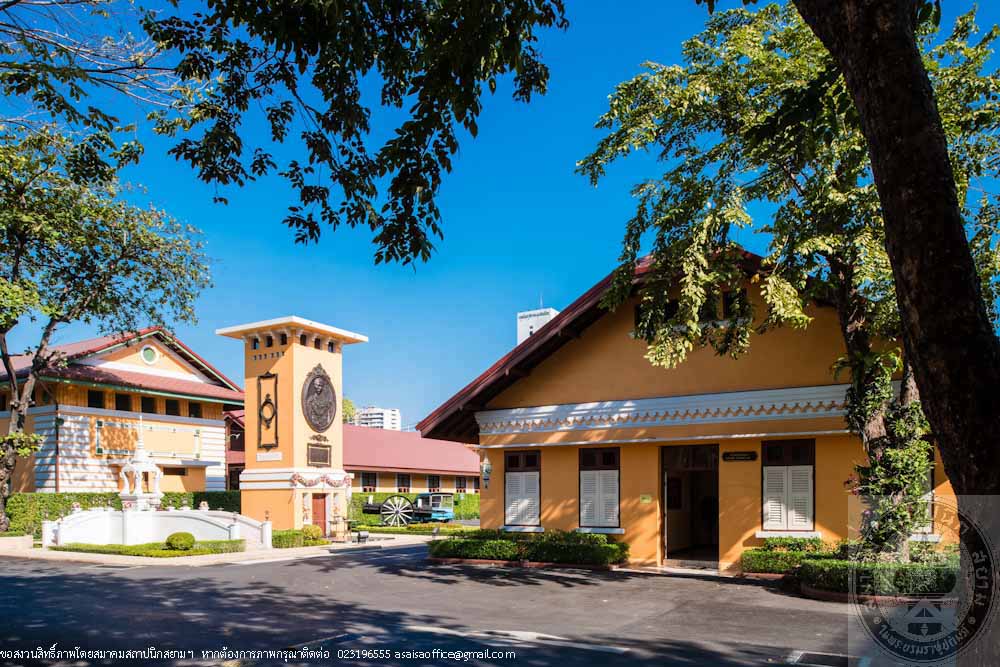
พิพิธภัณฑ์แห่งการเรียนรู้การประปาไทย
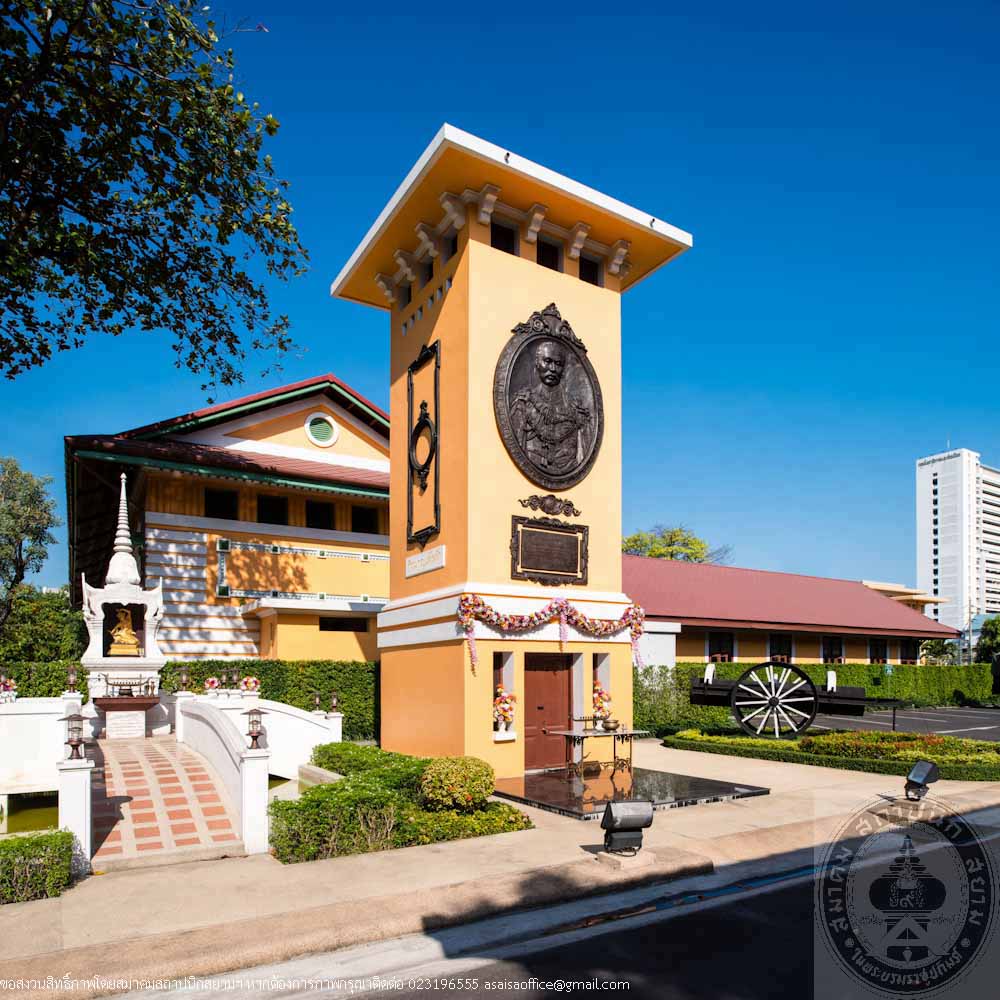
พิพิธภัณฑ์แห่งการเรียนรู้การประปาไทย
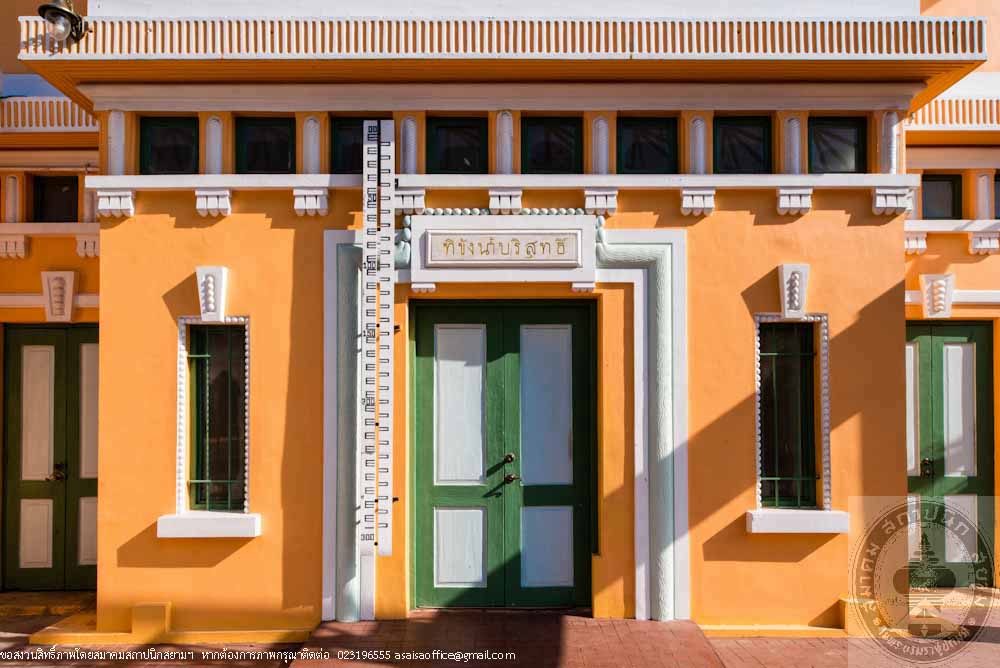
พิพิธภัณฑ์แห่งการเรียนรู้การประปาไทย

พิพิธภัณฑ์แห่งการเรียนรู้การประปาไทย
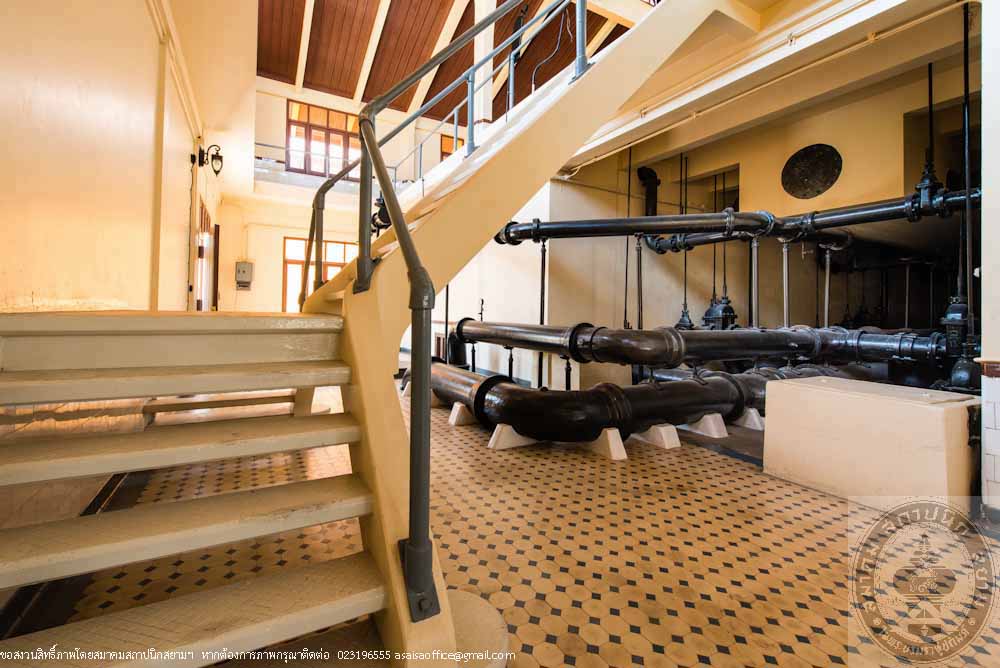
พิพิธภัณฑ์แห่งการเรียนรู้การประปาไทย

พิพิธภัณฑ์แห่งการเรียนรู้การประปาไทย
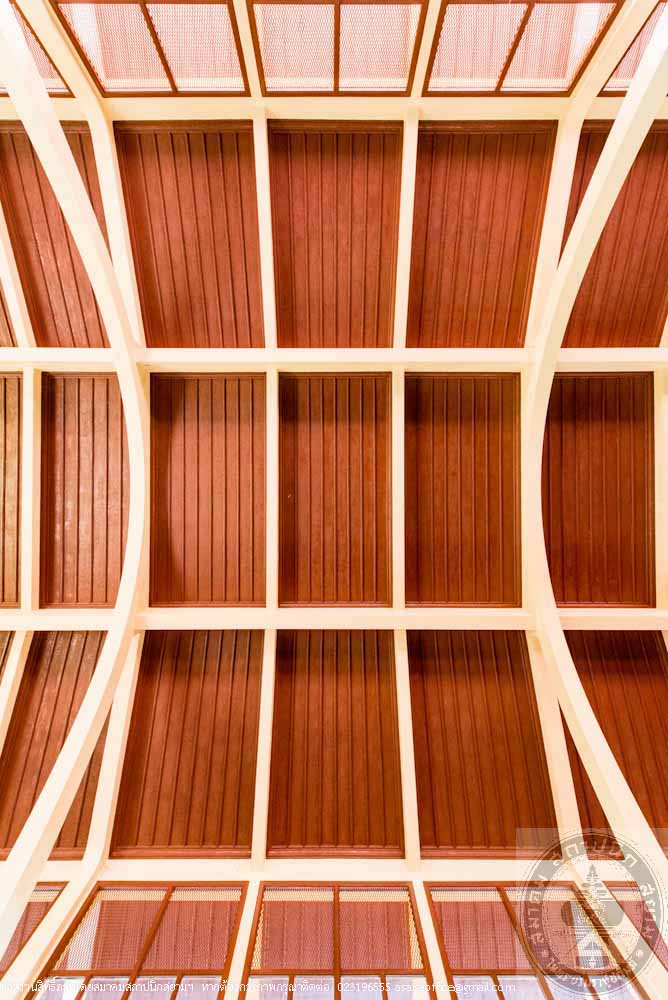
พิพิธภัณฑ์แห่งการเรียนรู้การประปาไทย
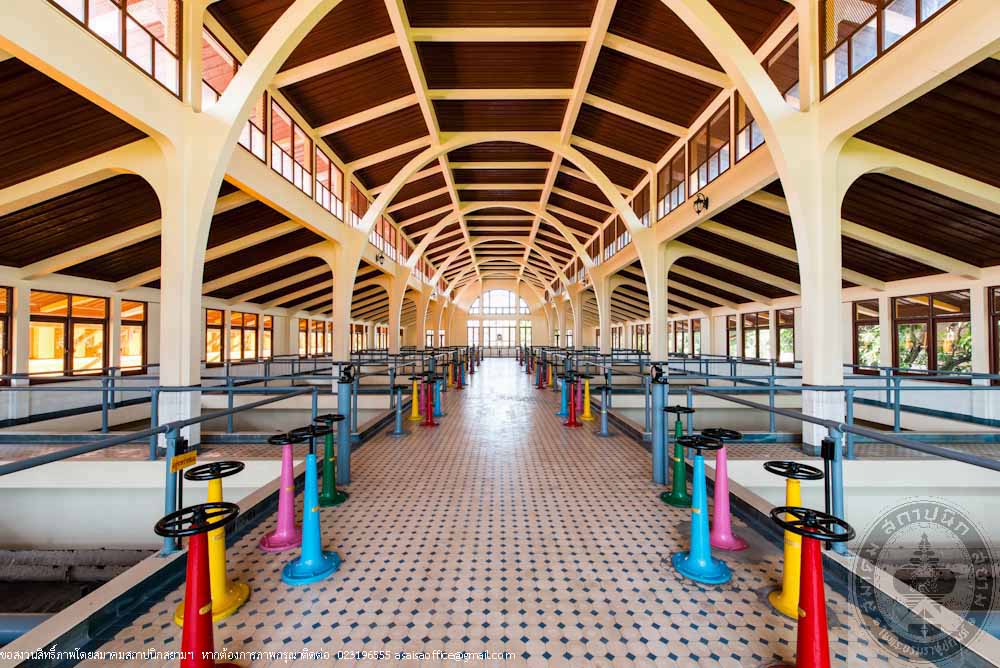
พิพิธภัณฑ์แห่งการเรียนรู้การประปาไทย
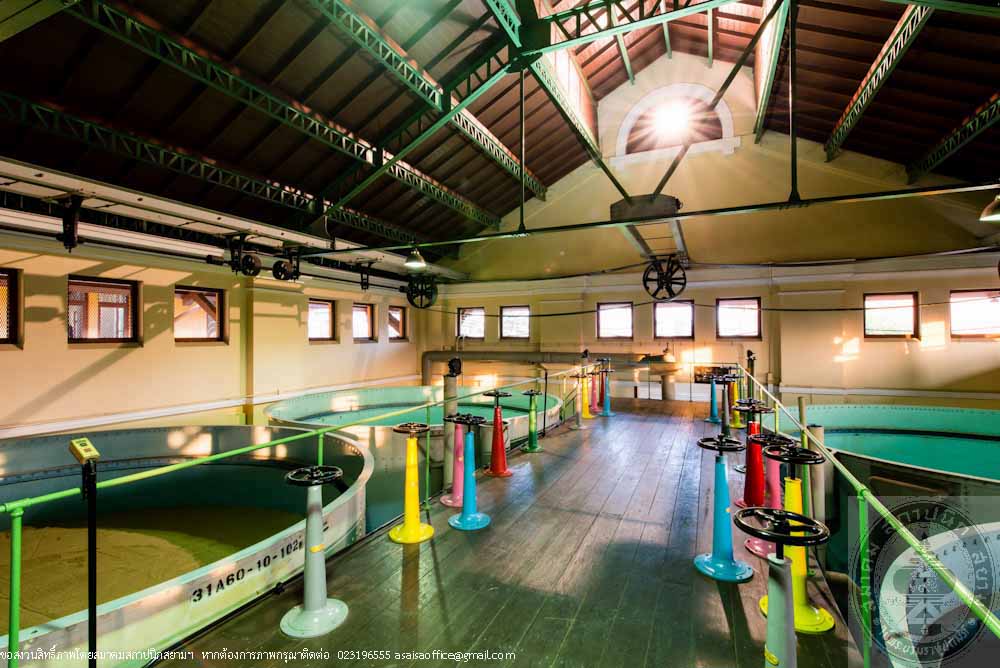
พิพิธภัณฑ์แห่งการเรียนรู้การประปาไทย
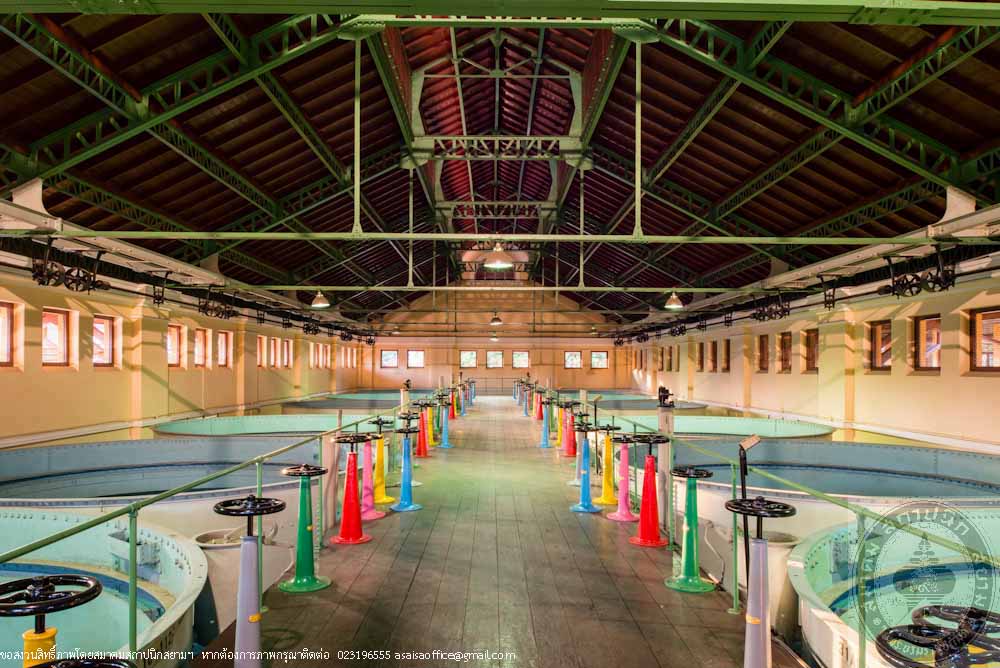
พิพิธภัณฑ์แห่งการเรียนรู้การประปาไทย

พิพิธภัณฑ์แห่งการเรียนรู้การประปาไทย

พิพิธภัณฑ์แห่งการเรียนรู้การประปาไทย
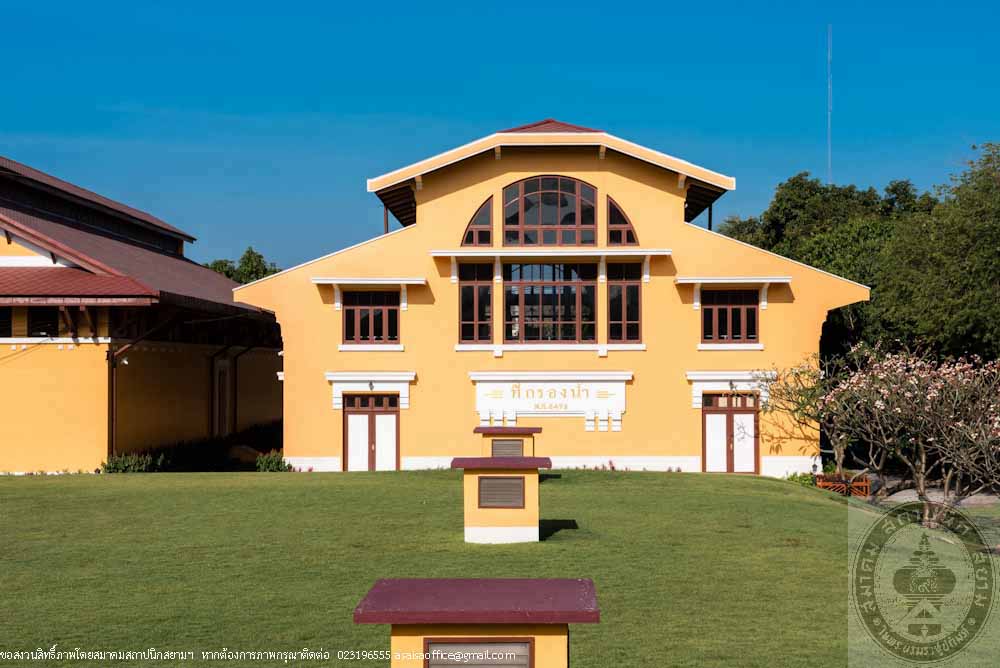
พิพิธภัณฑ์แห่งการเรียนรู้การประปาไทย
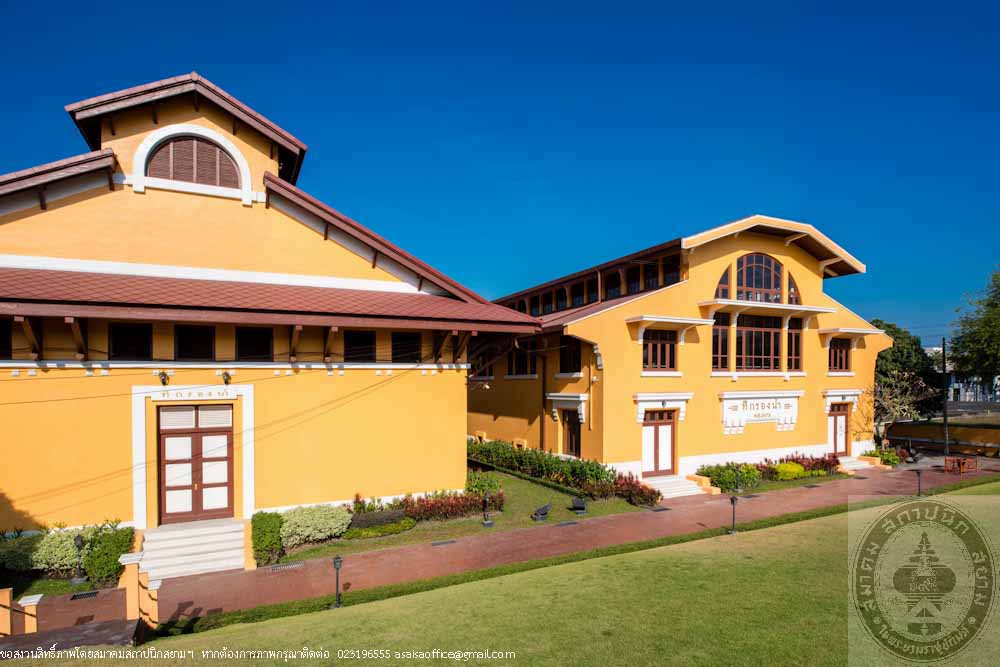
พิพิธภัณฑ์แห่งการเรียนรู้การประปาไทย

พิพิธภัณฑ์แห่งการเรียนรู้การประปาไทย
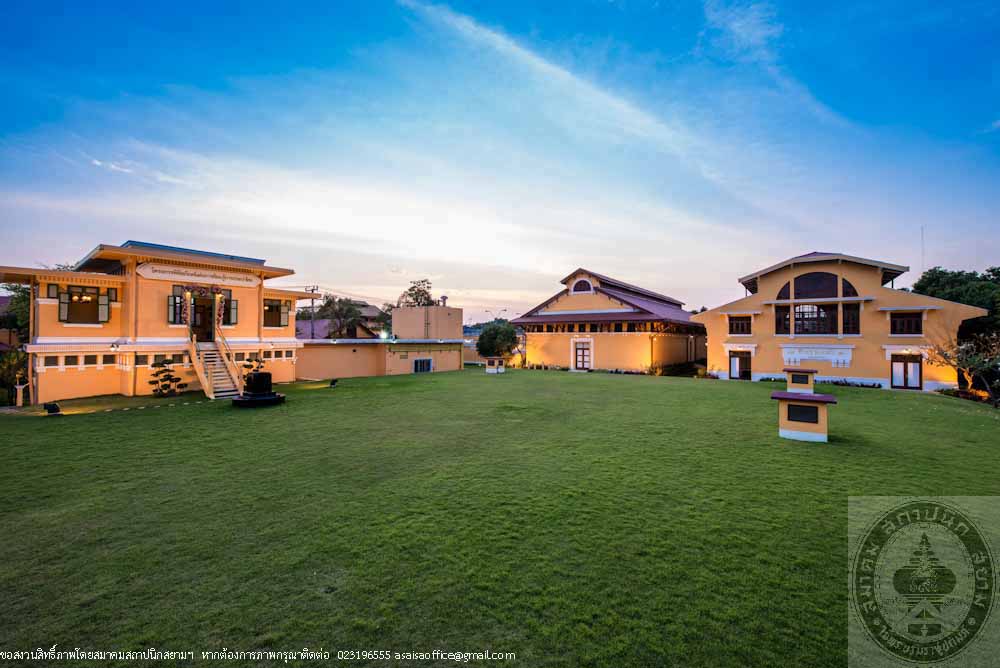
พิพิธภัณฑ์แห่งการเรียนรู้การประปาไทย
-

พิพิธภัณฑ์แห่งการเรียนรู้การประปาไทย
-

พิพิธภัณฑ์แห่งการเรียนรู้การประปาไทย
-

พิพิธภัณฑ์แห่งการเรียนรู้การประปาไทย
-

พิพิธภัณฑ์แห่งการเรียนรู้การประปาไทย
-

พิพิธภัณฑ์แห่งการเรียนรู้การประปาไทย
-

พิพิธภัณฑ์แห่งการเรียนรู้การประปาไทย
-

พิพิธภัณฑ์แห่งการเรียนรู้การประปาไทย
-

พิพิธภัณฑ์แห่งการเรียนรู้การประปาไทย
-

พิพิธภัณฑ์แห่งการเรียนรู้การประปาไทย
-

พิพิธภัณฑ์แห่งการเรียนรู้การประปาไทย
-

พิพิธภัณฑ์แห่งการเรียนรู้การประปาไทย
-

พิพิธภัณฑ์แห่งการเรียนรู้การประปาไทย
-

พิพิธภัณฑ์แห่งการเรียนรู้การประปาไทย
-

พิพิธภัณฑ์แห่งการเรียนรู้การประปาไทย
-

พิพิธภัณฑ์แห่งการเรียนรู้การประปาไทย
-

พิพิธภัณฑ์แห่งการเรียนรู้การประปาไทย
-

พิพิธภัณฑ์แห่งการเรียนรู้การประปาไทย
-

พิพิธภัณฑ์แห่งการเรียนรู้การประปาไทย
-

พิพิธภัณฑ์แห่งการเรียนรู้การประปาไทย
-

พิพิธภัณฑ์แห่งการเรียนรู้การประปาไทย
-

พิพิธภัณฑ์แห่งการเรียนรู้การประปาไทย
-

พิพิธภัณฑ์แห่งการเรียนรู้การประปาไทย
-

พิพิธภัณฑ์แห่งการเรียนรู้การประปาไทย
-

พิพิธภัณฑ์แห่งการเรียนรู้การประปาไทย
-

พิพิธภัณฑ์แห่งการเรียนรู้การประปาไทย
Thai Waterworks Museum
Location 220 Rama IV Road, Sam Sen Nai, Phayathai Bangkok
Architect/ Designer The Water Pumping Station and The Pure Water Station – G. Kluzer Company, Italy The Septic Tank Station, The Settling House and The Filtering House 1 – United Engineer Company, Great Britain
Owner Metropolitan Waterworks Authority
Year Built 1909 - 1930
History
The Metropolitan Waterworks Authority of Samsen was the first water supply service of Thailand which was initiated by King Chulalongkorn (Rama V,) the great visionary king who realized how important clean water was to the health of the people. By His command, waterworks establishment plan was announced and the construction began in 1909. To supply water, man-made waterway was created from Chiang Rak to Samsen Canal and Filtration House was established at Samsen under the responsibility of Department of Sanitation. The construction was completed in the reign of King Vachiravudh (Rama VI) who attended the opening ceremony as the guest of honor on November 14, 1914 under the name “Bangkok Waterworks” under Department of Sanitation, Nakhonban Ministry. Department of Sanitation was later renamed Department of Public and Municipal Works and Nakhonban Ministry was also changed to Ministry of Interior. In 1939, Bangkok Waterworks was transferred to be under Bangkok Municipality and then back to Department of Public and Municipal Works in 1952. It was then transferred to Metropolitan Waterworks Authority on August 16, 1967. Although the group of old buildings at Samsen Waterworks which were built in the reigns of King Rama 5 and 6 to supply water was no longer in use, it has been conserved by the Metropolitan Waterworks Authority and was converted into museum of Thai Waterworks to publicize the royal grace, remarkable wisdom and talent of the Thai Kings in developing and supporting the Waterworks system. The first group of Waterworks buildings has also been restored for future generations to learn about the evolution and background of water treatment from past to present and to be a learning center for Thailand’s Waterworks System, promoting water management philosophy and knowledge, raising awareness for youth in water conservation. The Museum shall continue to remain a valuable source of Thai history education.
The Historic group of buildings consists of nine buildings including the Guest House of Chao Phraya Yomarach, Keys Collection Tower, The Water Pumping Station, The Septic Tank Station, The Settling House 1 and 2, The Filtration House 1 and 2 and The Pure Water Station. The Filtration House has been regarded as the building with the most distinctive and innovative architectural engineering technology of reinforced concrete structure in its era while other buildings were simply built. A combination of reinforced concrete structure and load-bearing walls system, the building has symmetrical rectangular plan with hip and gable roofs. Windows and doors of the Filtration House were designed to be aligned and decorated with curved and linear concrete molding all around. Window frames at The Water Pumping Station were also embellished with perforated wood pattern called “Gingerbread House” to add charming details.
The restoration of the historical Waterworks buildings into a Thai Waterworks Museum within the Metropolitan Waterworks Authority of Samsen is divided into three phases, from 2011 to present. A sub-working group was formed to manage the establishment of the museum. The first and second phases included conducting the survey and a study and repairing the buildings’ structure, both exterior and interior as well as improving the landscape of the surrounding area. Officers from the Department of Fine Arts also worked closely with the team to make sure the repairs were made in accordance with historic preservation principles. The exterior paint of the building is yellow which is likely the original color of the building as the original color can still be seen in spots where new paint and cement chipped plus the color was widely admired and used in Western countries as well as a number of constructions in the Thailand at the time. The total operating budget was estimated at 33 million baht. Phase 3, the final phase which took place in 2014 was to publish the instructional media and host an exhibition inside the building. Ways to minimize impact on the building structure were taken into consideration within the operating budget brackets of about 45 million baht. The project was expected to be completed in 2014 with an overall budget of 78 million baht allocated from the Metropolitan Waterworks Authority. The Sub-Working Group proposed to the Metropolitan Waterworks Authority to form a management unit after the restoration project is completed to oversee the preservation of the historic buildings and the operation of the museum to help sustain its values to continue to be the learning center of the Metropolitan Waterworks Authority and the Nation of Thailand.